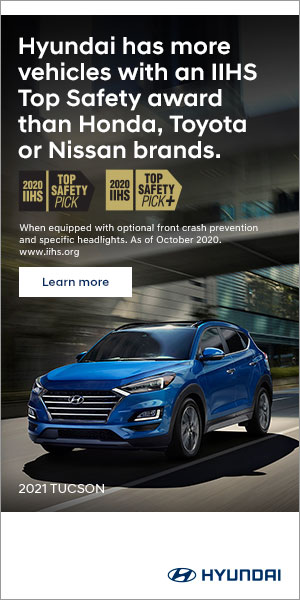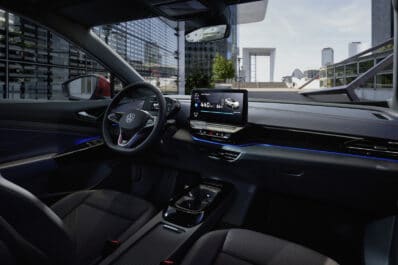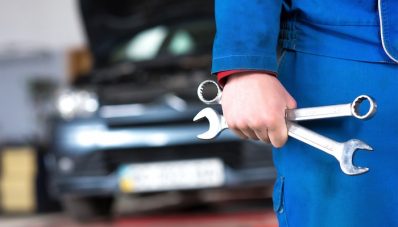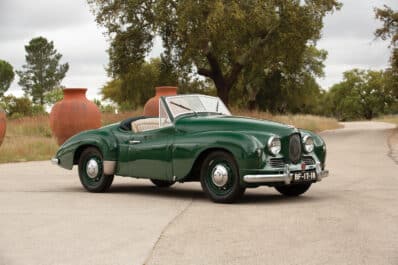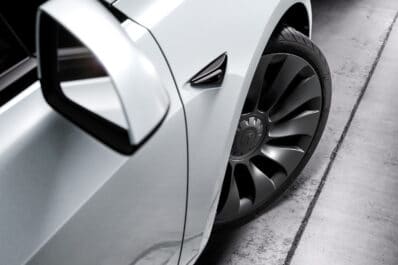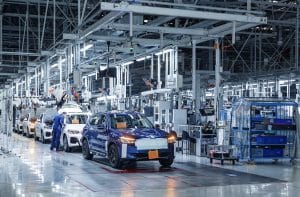
The push by the Chinese government to get more zero-emissions vehicles on the road is well-known, but a new estimate shows those efforts will result in 20% of all new vehicle sales by 2025 being NEVs.
The country has long touted new energy vehicles as the way to alleviate much of its air quality issues in large cities. Offering plenty of incentives to bolster sales has moved the needle there, but it’s clear that it will still take time to get a major conversion in the world’s largest EV market.
The estimate comes from the China Society of Automotive Engineers and is actually a revised calculation — downward. Initially, the group predicted the number would be 25% by 2025. The news comes on the heels of China’s President Xi Jinping’s announcement last month that the country wants to accelerate its efforts to meet the goals of the Paris climate accords.
(China revising NEV production rules to help automakers.)
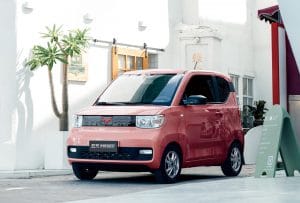
President Xi said the country would hit its high point for carbon dioxide emissions before 2030 and get to carbon neutrality before 2060. The first target was deemed doable by China SAE, which predicted emissions from the auto industry would top out in 2028, then plummet to just 20% of that number just seven years later in 2035.
The group also predicted that NEVs would comprise 50% of all new vehicle sales in China by 2035 with 95% of those being battery-electric cars, trucks and crossovers.
Overall, that’s quite a jump from the current level now, which is about 5% of all new vehicle sales. NEVs aren’t limited to battery electrics, but also include plug-in hybrid and hydrogen fuel-cell vehicles. The industry expects China to sell around 1.1 million NEVs this year. Li expected China to have around 1 million hydrogen fuel-cell vehicles between 2030 and 2035, Reuters noted.
(GM finds plenty of Chinese buyers plugging in with new $4,200 EV.)
One of the issues hampering a steeper sales curve is price. Tesla’s sales have been going great guns for some time now, but it’s a pricier option — no different than in the U.S. However, many automakers, including General Motors, are trying to provide less expensive options and are finding some success.
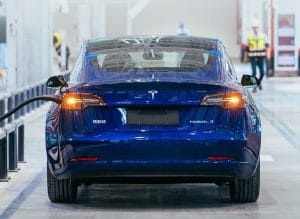
GM and its Chinese partners launched a new electric microcar, the Wuling Mini, that starts at just 28,800 yuan, or $4,200. That’s a fraction of the 323,800 yuan, or $45,754, that Tesla is getting for a base Model 3, the sedan that had been dominating the countries fast-growing electric vehicle market.
Demand for the Wuling Mini – a joint venture of GM and Chinese partners Wuling and SAIC – has turned the market upside-down, last month knocking Tesla off its perch as the country’s best-selling battery-electric vehicle, or BEV.
(BMW confirms China-built iX3 will launch by end of 2020.)
While Tesla’s Model 3 and the Mini aren’t really in the same ballpark, even Tesla CEO Elon Musk recognizes the need for a less expensive EV for the masses, so to speak. He announced during the company’s annual shareholders meeting/Battery Day combo event that the company would build a $25,000 EV in the near term. He’s also lowered the price of the Shanghai-built Model 3 several times to ensure it is eligible for incentives from the Chinese government.

